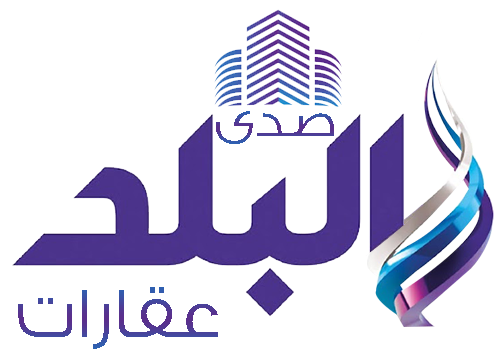Standard & Poor's Global (S&P) kept Lebanon's foreign currency credit rating at SD/SD and the local currency credit rating at CC/C, and kept its outlook on the long-term credit rating in local currency "negative".
The agency said the outlook does not assume any significant improvement in policymaking in the near future.
An SD credit rating is given to a company that's selectively defaulted on its debts.
It added that collecting revenues at the exchange rate on the “Serafa” platform will modestly ease financial bottlenecks, starting from 2023, according to “Reuters”.
The financial collapse that began in 2019 caused the currency to lose more than 90% of its value, paralyzed the financial system, and deprived depositors of access to their savings. The government estimates financial sector losses at more than $70 billion.
The International Monetary Fund (IMF) recently said that if the status quo in Lebanon continues, public debt could reach 547% of GDP by 2027.
Lebanon signed a staff-level agreement with the IMF last year, but it did not meet the requirements for a full programme, which is seen as crucial to recovering from one of the world's worst financial crises.
Najib Mikati, Prime Minister in the Lebanese caretaker government said last Thursday that Lebanon's failure to pass a series of important economic laws to lift the state from its stumbling blocks threatens the country's future economic stability.












